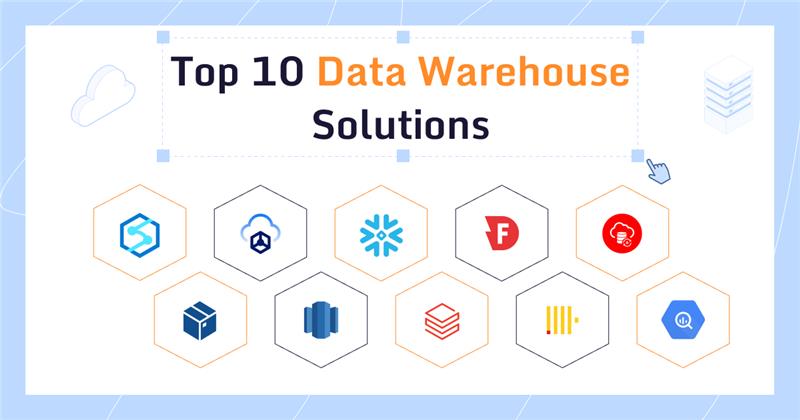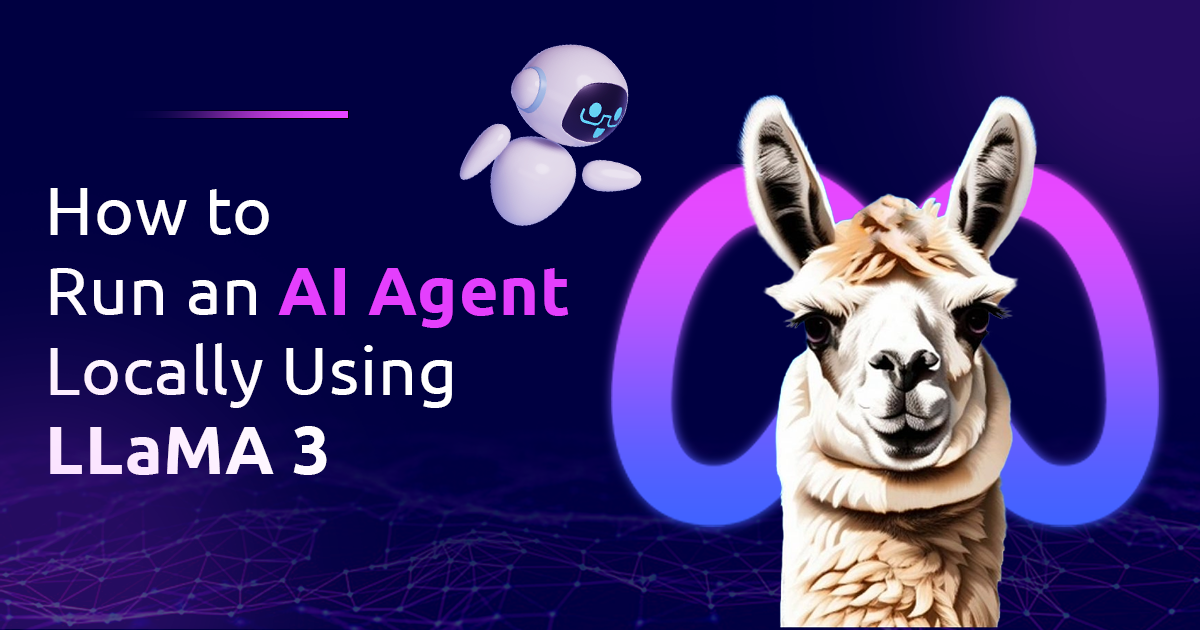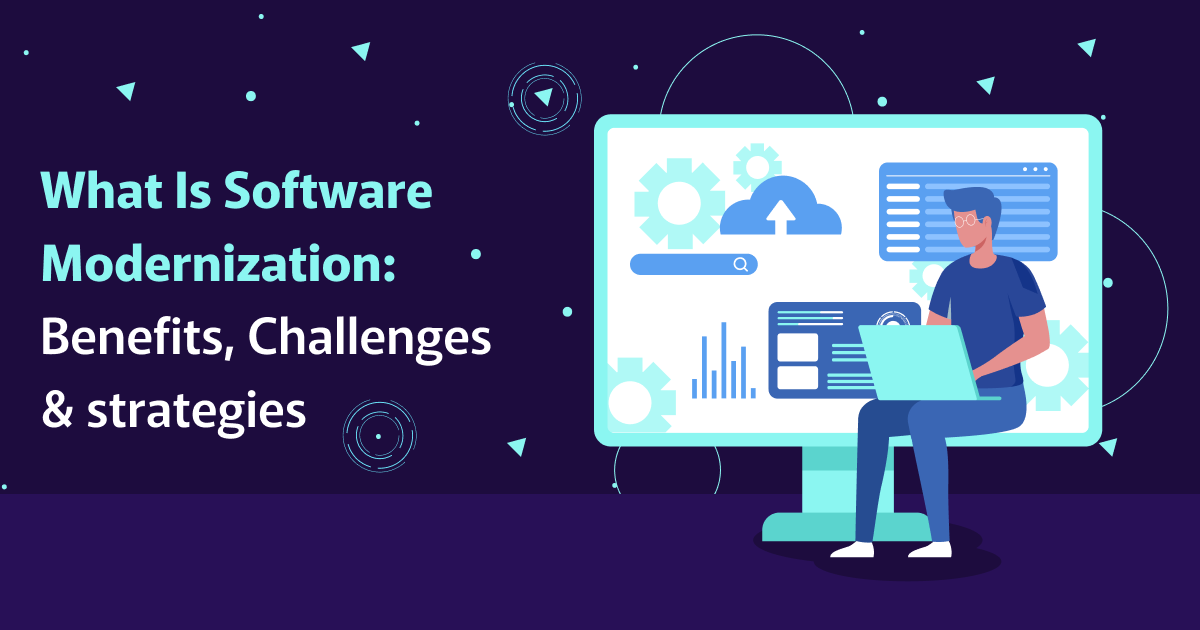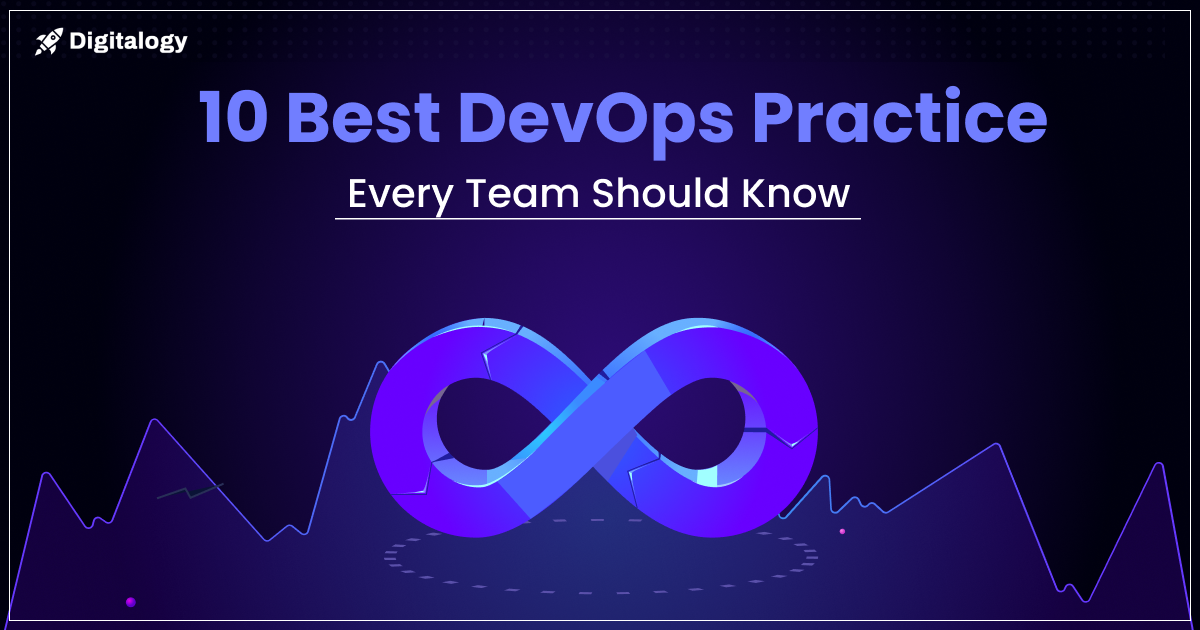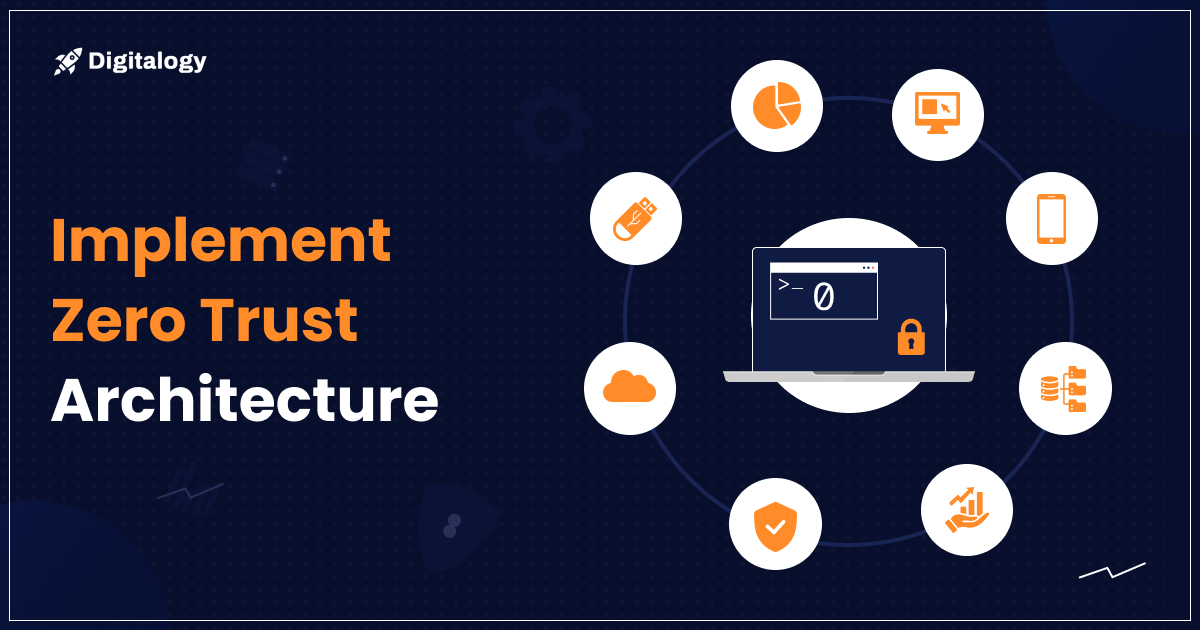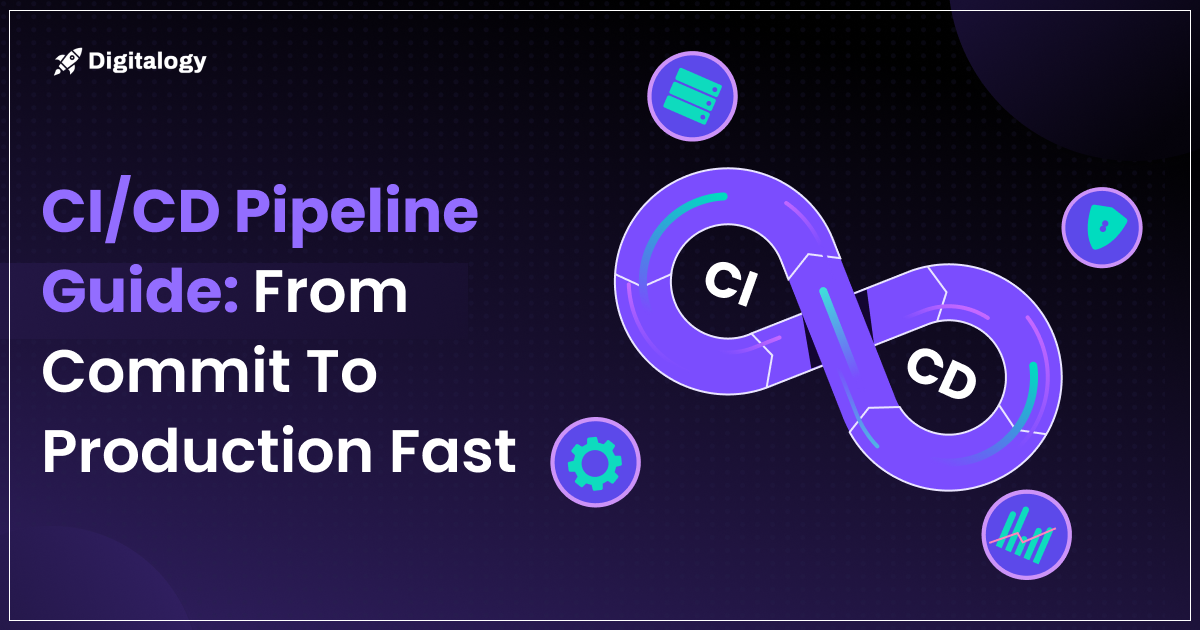It’s 2025, and if our data warehouse still can’t deliver real-time insights, automate machine learning, or scale across petabytes without breaking a sweat, it’s time for an upgrade.
In this article, we’ll break down the label and intelligent data warehouse solutions on the market.
Whether we’re a lean startup chasing hypergrowth or a global enterprise navigating regulatory challenges, there’s a perfect fit for us—one that combines blazing-fast performance with ironclad security, seamless integration, and real-time AI capabilities.
Let’s dive into the platforms redefining analytics in the speed, scale, and smart data age.
What Is a Data Warehouse Solution?
A data warehouse solution is a specialized system that consolidates data from multiple sources into a central repository optimized for analysis and reporting.
It stores time‑variant, subject‑oriented data in a read‐only format to support business intelligence, allowing users to run complex queries without impacting transactional systems.
Key Features of Modern Data Warehouses
Modern cloud data warehouses offer seamless integration with ETL/ELT pipelines, ingesting structured, semi‑structured, and unstructured data at scale.
They separate compute and storage so you can scale each independently, employ columnar storage and compression for fast queries, and provide robust metadata management for governance and lineage.
Built‑in security features—such as rest and transit encryption, fine‑grained access controls, and compliance with regulations like GDPR and HIPAA—ensure your data is performant and protected.
Benefits of Using a Data Warehouse
- Centralizes disparate data into a unified schema, eliminating silos and ensuring consistent, accurate reporting
- High‑performance query engines reduce report run times from hours to minutes, accelerating insights and decision‑making.
- Separates analytic workloads from operational systems, minimizing performance impacts
- Managed services reduce administrative overhead and lower the total cost of ownership.
Data Warehouse vs. Database vs. Data Lake
Traditional relational databases excel at transaction processing (OLTP) with real‑time INSERT/UPDATE operations but struggle under analytic query loads.
Data warehouses (OLAP) are structured for fast, complex queries over historical data but aren’t built for heavy transactional throughput.
Data lakes store raw, unprocessed data—including logs, JSON, and images—and offer schema‑on‑read flexibility, but they lack a warehouse’s performance optimizations and built‑in BI connectors.
The Top 10 Data Warehouse Solutions in 2025
These platforms dominate the market by combining high performance, advanced analytics features, and seamless cloud‑native designs.
1. Snowflake

Snowflake’s platform is built to give you instant scalability and seamless data handling without any heavy lifting on your part. With its unique architecture and smart storage engine, you get lightning‑fast queries, native support for semi‑structured data, and simple ways to share data securely.
- Multi‑cluster shared‑data architecture lets you spin up or suspend compute clusters on the fly, ensuring high concurrency even under unpredictable workloads.
- VARIANT column type enables direct ingestion and querying of JSON, Avro, and Parquet without pre‑processing or ETL pipelines
- Automatic micro‑partitioning and pruning optimize how data is stored and accessed, so even complex analytics run in seconds.
- Built‑in data marketplace and secure sharing allow you to share governed slices of live data with partners or subsidiaries—no copying or transfers needed.
Everything runs as a fully managed service, so there’s no infrastructure to patch or tune. You benefit from enterprise‑grade encryption, role‑based access controls, and compliance certifications that are out of the box, letting you focus on insights instead of ops.
2. Google BigQuery

BigQuery removes all cluster management headaches so you can focus on analysis rather than infrastructure. Its serverless architecture auto‑scales compute to handle petabyte‑scale datasets, while Dremel’s tree‑based execution ensures queries run in milliseconds.
- Serverless compute automatically provisions and deprovisions resources, eliminating sizing and maintenance efforts.
- Columnar storage + Dremel engine optimizes ad hoc joins, window functions, and geospatial queries for ultra‑fast performance.
- BigQuery ML & Vertex AI connectors let you build, train, and deploy machine‑learning models directly on warehouse tables without moving data.
- BI Engine caching, materialized views, and flat‑rate reservations provide flexible options to tune performance and control costs.
As a fully managed service, BigQuery delivers global availability, built‑in encryption, and compliance out of the box. You get seamless integrations across Google Cloud’s analytics ecosystem, so scaling up or down is as simple as running your next query.
3. Amazon Redshift

Amazon Redshift delivers consistent, high‑performance analytics by separating storage and compute, so you never outgrow your cluster as data scales. Its architecture and features ensure you can handle unpredictable workloads and query massive datasets without manual intervention.
- RA3 nodes offload data storage to Amazon S3 while caching “hot” data on local SSDs for fast access
- Concurrency scaling automatically spins up extra clusters during peak demand and scales them down when no longer needed.
- Redshift Spectrum enables you to run SQL queries over exabytes of S3 data without loading it into Redshift tables.
- AQUA acceleration pushes compute-intensive operations to the storage layer on supported nodes for up to 10× faster performance
As a fully managed AWS service, Redshift takes care of provisioning, patching, and backups. You get end‑to‑end integration with Glue for data cataloging, SageMaker for in‑database machine learning, and QuickSight for dashboarding—so your entire analytics pipeline lives under one roof.
4. Microsoft Azure Synapse Analytics

Microsoft Azure Synapse Analytics offers limitless analytics capabilities with on-demand scalability, enabling you to seamlessly analyze large-scale data across your data warehouse and big data systems. Its unified architecture blends enterprise data warehousing and big data analytics to handle dynamic workloads without compromising performance.
- Dedicated SQL pools provide optimized computing for complex queries while separating storage and computing for scalable performance.
- A serverless on-demand query engine allows you to explore data in data lakes using T-SQL without provisioning clusters.
- Integrated Spark engine supports big data processing, machine learning, and streaming with seamless collaboration in Synapse Studio.
- Workload isolation and scaling let you run simultaneous workloads with predictable performance and cost control.
- Built-in data integration with Azure Data Factory pipelines, enabling easy orchestration and transformation from within Synapse.
As a fully managed AWS service, Redshift takes care of provisioning, patching, and backups. You get end‑to‑end integration with Glue for data cataloging, SageMaker for in‑database machine learning, and QuickSight for dashboarding—so your entire analytics pipeline lives under one roof.
5. Oracle Autonomous Data Warehouse
Oracle Autonomous Data Warehouse removes the headache from database management by using machine learning to automate patching, tuning, indexing, and backups. It runs on Oracle’s high‑performance Exadata hardware—either in the cloud or on‑premises—so you get consistent low latency and full control over data residency.
- Autonomous self‑management automates routine tasks (patching, indexing, backups) to optimize performance without manual intervention.
- Exadata Cloud & Cloud@Customer deliver the same infrastructure in public cloud or on‑premises, ensuring predictable latency and data locality.
- Advanced compression & in‑database analytics accelerate query performance and support built‑in ML algorithms for predictive insights.
- Mixed relational & JSON support via Autonomous JSON Database lets you work with structured and document‑style data in the same engine.
- Enterprise‑grade security includes fine‑grained access controls, Data Safe auditing, and Data Vault protections to meet strict regulatory requirements.
As a fully managed, self‑driving service, Oracle Autonomous Data Warehouse frees your team to focus on analytics instead of maintenance. You benefit from built‑in high availability, automated scaling, and industry‑leading compliance, all wrapped in a single, unified platform.
6. IBM Db2 Warehouse
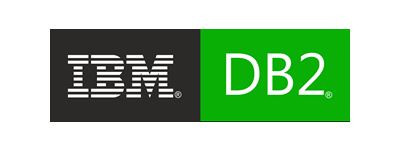
Thanks to its IBM BLU Acceleration in-memory columnar engine, IBM Db2 Warehouse is built for blazing‑fast analytics on massive datasets. You get enterprise‑grade flexibility with containerized deployment options and seamless integration across hybrid environments.
- BLU Acceleration delivers sub‑second query performance on trillion‑row tables via in‑memory, vectorized execution.
- Containerized on Kubernetes lets you run Db2 Warehouse anywhere—public cloud, private cloud, or on‑premises—for true hybrid portability.
- Multi‑workload support natively handles geospatial, graph, JSON, and relational data, eliminating the need for separate engines.
- Federated queries join data across Db2 on Cloud and on‑premises Db2 instances, giving you a unified view without ETL.
- IBM Watson Studio & Cognos integration streamlines data science and BI workflows with built‑in connectors
- High‑availability clustering & replication ensure continuous uptime and resiliency for mission‑critical workloads.
As a fully managed service, Db2 Warehouse combines powerful analytics, flexible deployment, and enterprise resilience, enabling you to scale insights across your organization without sacrificing control or performance.
7. SAP Data Warehouse Cloud

SAP Data Warehouse Cloud gives live, governed access to your SAP S/4HANA transactional data and external sources without complex ETL so business users can query and model data in real time.
- Virtual data models + physical storage let you combine S/4HANA tables and external data in unified views without moving records.
- The Spaces concept provides isolated work environments with dedicated compute and storage so teams can prototype and build without resource conflicts.
- Semantic layer enables creation of reusable business metrics, hierarchies, and data definitions that drive consistent reporting.
- Built‑in analytics supports ANSI‑SQL and drag‑and‑drop graphical modeling for technical and non‑technical users.
- Tight integration with SAP Analytics Cloud and SAP BTP unifies planning, transactional, and analytical workflows on one platform.
As a fully managed service on the SAP Business Technology Platform, Data Warehouse Cloud ensures enterprise governance, lineage tracking, and security so that you can scale your analytics from proof‑of‑concept to global deployment with full confidence.
8. Firebolt
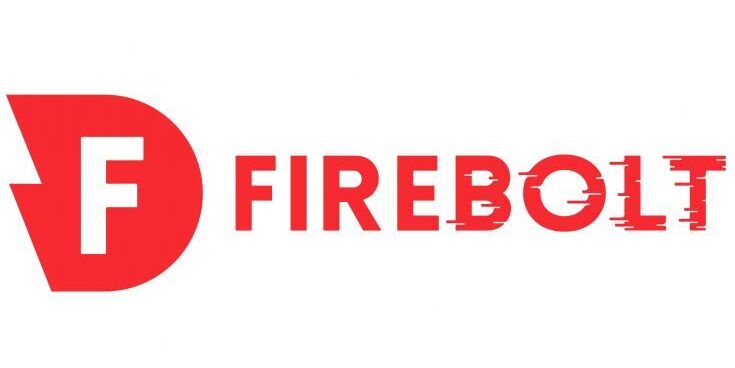
Firebolt’s engine is built for ultra‑fast analytics on massive datasets, using smart pruning and resource isolation to deliver high performance with minimal cost.
- Sparse indexing & data skipping, prune irrelevant data blocks before scanning, reducing compute usage.
- Advanced zone maps organize data to accelerate lookups on billion‑row tables.
- Vectorized execution & resource pools let you dedicate capacity to critical workloads while handling hundreds of ad hoc queries.
- Independent auto‑scaling of storage and compute ensures you only pay for what you use.
- REST & SQL APIs provide seamless integration with BI dashboards and data‑science tools.
As a fully managed service, Firebolt consistently delivers sub‑second query responses for real‑time dashboards and customer‑facing analytics, freeing your team to focus on insights rather than infrastructure.
9. ClickHouse

ClickHouse is an open‑source, columnar OLAP database engineered for real‑time analytics on high‑velocity data streams. Its MergeTree table family provides adaptive indexing and partition pruning, while compressed data segments and vectorized pipelines deliver lightning‑fast reads.
- MergeTree engines support primary‑key‑based partition pruning, adaptive indexing, and TTL‑based data lifecycle management.
- Compressed columnar segments coupled with vectorized execution enable thousands of queries per second at millisecond latencies.
- Native Kafka engine & HTTP interface allow seamless streaming ingestion and HTTP‑based querying for real‑time dashboards.
- ANSI SQL92 support easily integrates with existing BI tools, dashboards, and custom applications.
With its ultra‑low latency, horizontal scalability, and rich feature set, ClickHouse is a go‑to choice for log analytics, monitoring, and any high-throughput event tracking scenario.
10. Databricks Lakehouse Platform

Databricks Lakehouse Platform blends the flexibility of a data lake with the reliability of a data warehouse, using Delta Lake’s open‑format, ACID‑compliant storage to ensure data consistency at scale.
Its Photon engine compiles SQL queries into native code for high throughput, while collaborative notebooks support Python, Scala, and SQL workflows.
- Delta Lake storage provides ACID transactions, schema enforcement, and time travel on data lake files.
- Photon execution engine accelerates query performance by compiling SQL into optimized native code.
- Collaborative notebooks enable data engineers and scientists to prototype, test, and deploy pipelines in Python, Scala, or SQL within the same workspace.
- Unity Catalog centralizes governance with fine‑grained access controls, data lineage, and audit logging across all data assets.
- Built‑in MLflow integration directly streamlines the entire machine‑learning lifecycle—experiment tracking, model management, and deployment—on your warehouse tables.
As a fully managed, unified analytics platform, Databricks Lakehouse reduces data movement and context switching, empowering teams to build end‑to‑end ETL, BI, and AI solutions on a single, governed foundation.
Key Criteria for Choosing a Data Warehouse Solution in 2025
In 2025, decision-makers look for systems that deliver sub‑second query responses on petabyte‑scale data, support continuous ingestion for real‑time analytics, and adapt deployment models—from fully managed serverless to hybrid cloud—to match organizational requirements.
Performance and Scalability
Evaluate benchmark results that measure how the platform handles concurrent, complex queries on growing datasets.
Top solutions auto‑scale compute resources under load and provide workload isolation so heavy reporting tasks don’t slow down ad hoc analyses.
Look for engines with adaptive query optimization that dynamically reorganize execution plans as data volumes and patterns change.
Real‑Time and Predictive Analytics Capabilities
Leading platforms now ingest streaming events directly—using change‑data‑capture or message queues—and maintain continuously updated materialized views.
They embed ML frameworks or offer one‑click connectors to services like SageMaker or Vertex AI, enabling you to train, deploy, and score models against live data without moving it out of the warehouse.
Cloud and Hybrid Deployment Options
Pure‑cloud offerings eliminate hardware management, but hybrid models let you keep sensitive data on‑premises while offloading burst workloads to the public cloud.
Multicloud solutions avoid vendor lock‑in, enabling failover between AWS, Azure, and GCP regions. Check for consistent SLAs and unified management consoles across deployment modes.
Integration and Ecosystem Support
Seamless connectors to popular BI tools (Power BI, Looker, Tableau), ETL/ELT frameworks (dbt, Fivetran, Matillion), and data catalogs (Alation, Collibra) greatly reduce integration effort.
Native APIs for Python, JDBC/ODBC, and REST ensure you can embed warehouse queries into custom applications or data science notebooks.
Cost and Licensing Models
Compare pay‑as‑you‑go models against capacity‑reservation options: serverless pricing bills per query-second and data scanned, while provisioned compute charges for allocated nodes.
Watch out for hidden costs—data egress fees, snapshot storage, or network charges—and seek flat‑rate tiers if your workloads are predictable. Clear overage thresholds help avoid surprise bills.
Choosing the Right Solution for Your Business
Whether you’re a lean startup or a global enterprise, your ideal platform aligns with team expertise, budget constraints, data volumes, and regulatory requirements.
Startups and SMEs
Prioritize fully managed, pay‑as‑you‑go offerings with minimal DevOps overhead. Snowflake’s serverless engine and BigQuery’s managed compute are ideal for small teams needing rapid setup and predictable costs. Both support standard SQL and have generous free tiers to accelerate proof‑of‑concepts.
Large Enterprises and Global Teams
Seek platforms with hybrid/cloud‑at‑edge capabilities, multi‑region failover, and enterprise‑grade SLAs. Azure Synapse, Oracle Autonomous, and IBM Db2 Warehouse offer fine‑grained role‑based access control, comprehensive audit logs, and dedicated private networking options to secure sensitive data.
Real‑Time or AI‑Driven Workloads
Choose solutions with native streaming ingestion, continuous materialized views, and integrated ML runtimes. Databricks Lakehouse and Firebolt excel at powering dashboards that update in seconds and ML models that train on fresh data, keeping your analytics both timely and predictive.

